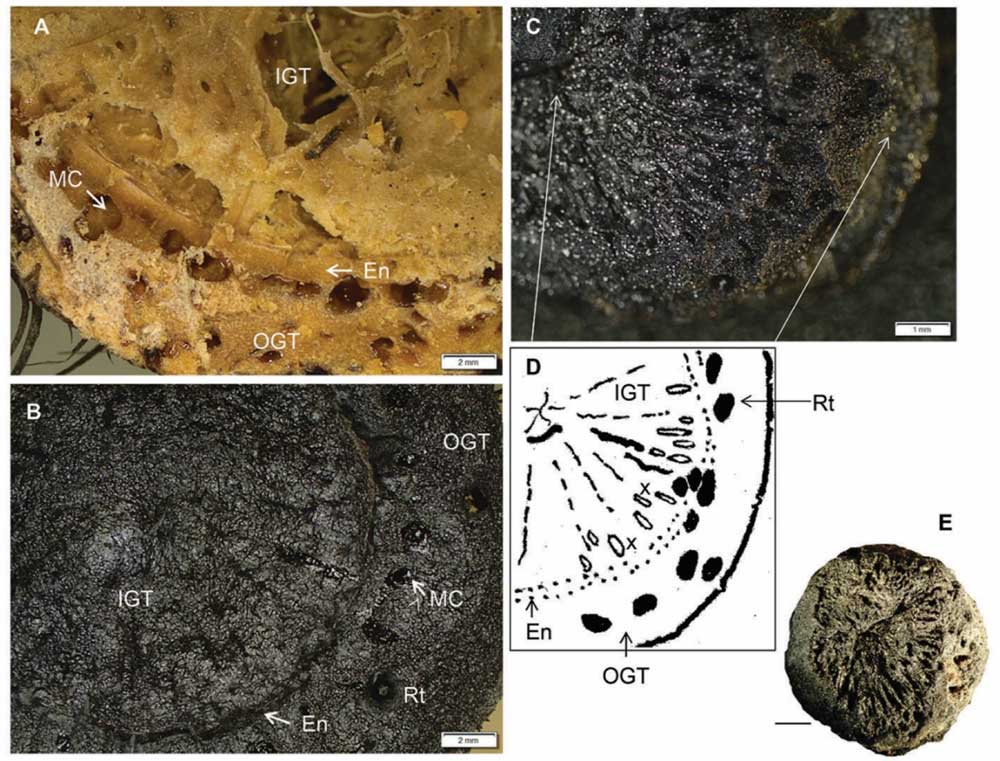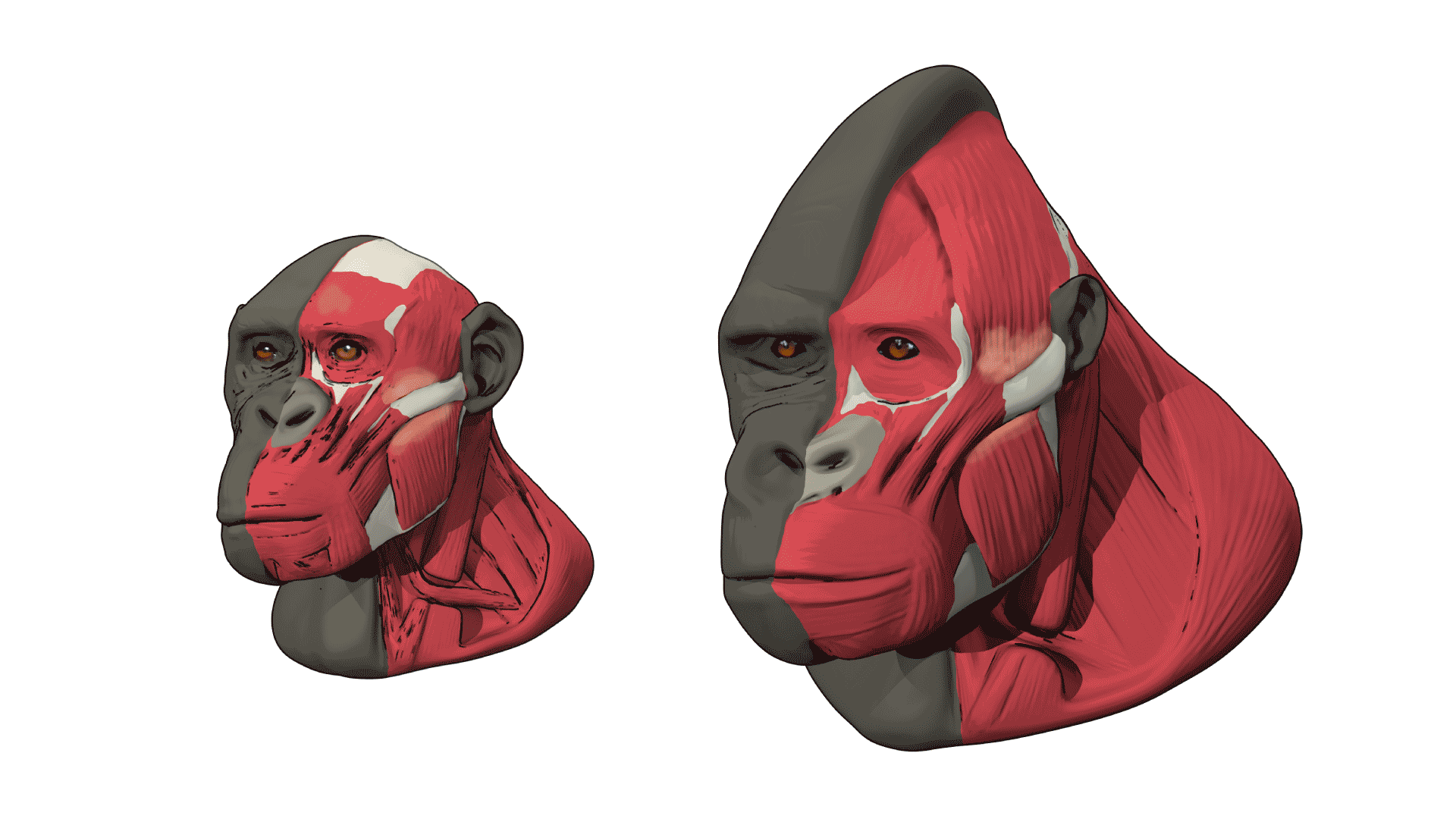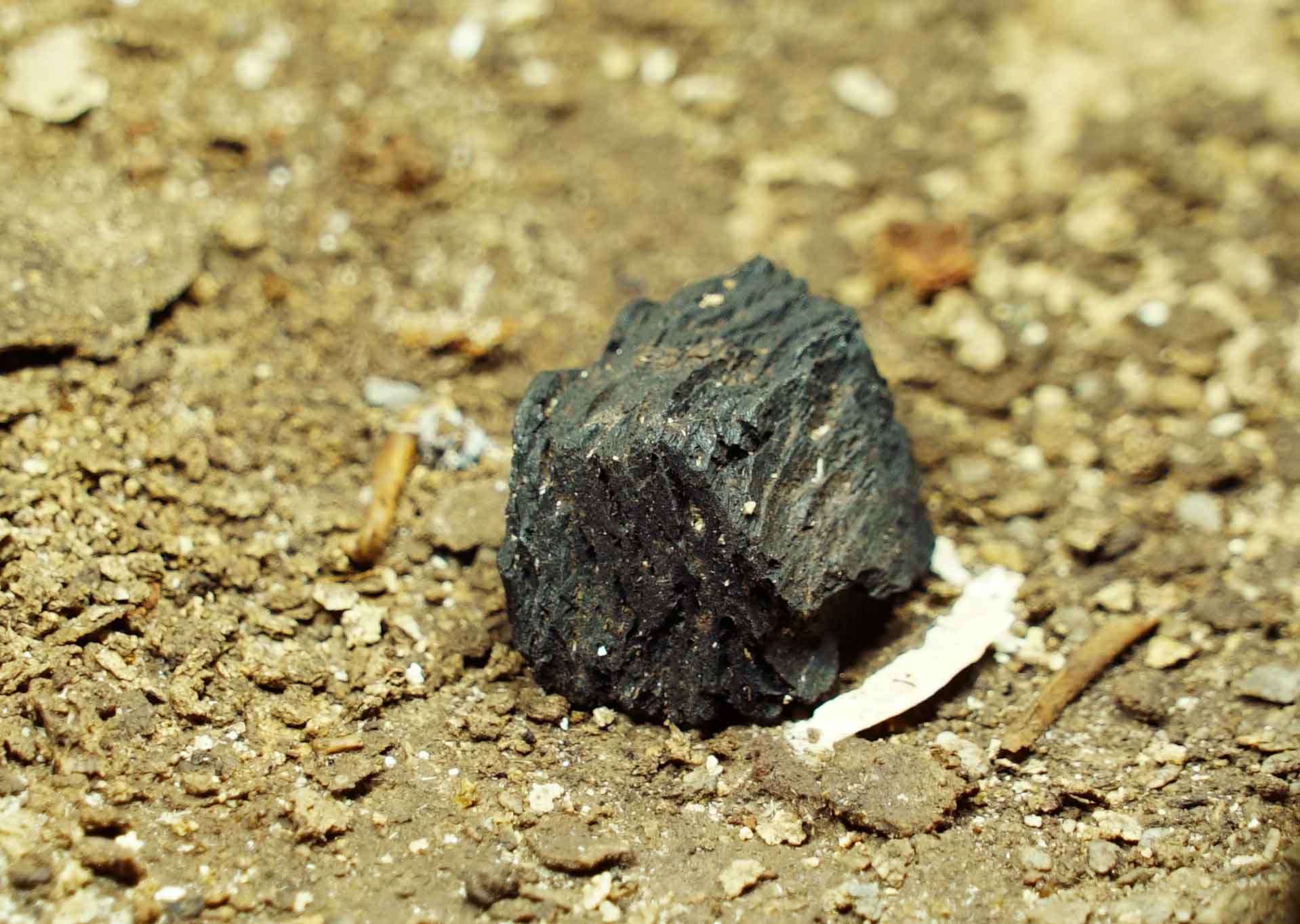Evidence of cooking rhizomes from an early Middle Stone Age context in Border Cave, South Africa
Border Cave has exceptional preservation of plant remains, giving a window into the diets of hominins.

I’m pretty excited about today’s paper revealing new evidence of cooked rhizomes from Border Cave in South Africa. The paper is in Science, by Lyn Wadley and coworkers: “Cooked starchy rhizomes in Africa 170 thousand years ago”.
It’s not that the results are unexpected. The underground storage organs of various plant species are rich sources of calories and nutrients, especially in seasonally dry environments. Many of them are fibrous, defended by toxins, or otherwise hard to digest, and cooking helps to make them more palatable and enables hominins to get more nutrition from them. Finding, collecting, and sharing tubers, rhizomes, and bulbs is important to many hunting and gathering peoples around the world. The idea that cooking these may have been important o many species of extinct hominins is not novel thinking; it has been suggested by many scientists of whom Richard Wrangham has been the most vocal in recent years.
What has me fascinated is the quality of the plant remains from Border Cave. One of the greatest challenges of the archaeological record is the rapid decay and breakdown of plant remains. Almost certainly, hominins used perishable materials like wood, leaves, and grasses vastly more than they used stone. Perishable animal parts like leather, sinew, and feathers would also have been part of their technologies. The diet of most ancient hunter-gatherers probably consisted of a majority of plants and invertebrates without hard parts, like insects. Yet animals with bones and shells make up most of the archaeological traces of ancient diets.
Technology in recent years has begun to even the score. Change has come from microscopic detective work, such as the ancient starch grains and opal phytoliths preserved in dental calculus. Phytoliths have also become important to identifying the use of plants within archaeological sites. For example, many archaeological sites preserve the ash from ancient fires, and phytoliths preserved within the ash have enabled archaeologists to identify the species of trees that hominins foraged for firewood.
But then there are the exceptional archaeological sites that preserve ancient plant remains more directly. Many of those are charred, such as the pistachios and other plant seeds from Gesher Benot Ya’aqov in Israel, roughly 800,000 years old.
In Border Cave, recent archaeology has already shown some exceptional organic preservation. Lucinda Backwell and coworkers reported in 2012 on digging sticks, beeswax, and a stick with traces of poison from approximately 24,000 years ago. The team has also reported on grasses and other plants used as bedding material in the cave in layers going back to nearly 40,000 years.
I also want to point out that botanical remains, including rhizomes, are known from many other sites. In southern Africa, that includes Ngalue in Mozambique, where seeds from sorghum have been preserved from more than 100,000 years ago, and Klasies River Mouth in South Africa, where some kind of underground parts of a plant come from approximately 120,000 years ago.
The charred rhizomes from Border Cave extend this evidence further back, as far as 170,000 years ago, and that’s a very interesting time period. Modern humans may not have even been present in southern Africa at this time, and if they were, they were probably not alone.

As I’ve been reading about this new paper, there seems to be an assumption going around that these rhizomes were burned by modern humans. The paper mostly avoids saying anything about which hominin species may have left these rhizomes at Border Cave. Only in two places does the paper mention Homo sapiens, both in the context of saying that a better understanding of this site may inform us about the capabilities of H. sapiens.
I don’t assume this.
The artifacts in the Member 4 and 5 deposits at Border Cave include large Levallois blades and points similar to those attributed to the “Pietersburg” industry elsewhere in South Africa. Backwell and colleagues reviewed the Border Cave archaeology in 2017 and discuss this industry at some length: “New Excavations at Border Cave, KwaZulu-Natal, South Africa”. Pietersburg assemblages have been more commonly identified at sites in the interior rather than the coast and all predate 100,000 years ago.
The most abundant species in the interior during the early Middle Stone Age was Homo naledi. Now, we cannot say for sure that H. naledi still existed 170,000 years ago. Fossil remains never tell us when a species became extinct; they only tell us the last time they were preserved. With a tiny fossil record of H. sapiens or any archaic humans, our fossil sample is not enough to say which species existed where, or if multiple species of hominins coexisted.
At Border Cave, the time period represented by these members appears to stretch between 100,000 and 160,000 years ago. There is no reason to assume that the archaeology in the cave was homogeneous across this entire time, and that hypothesis should be tested. Lumping a series of discrete, small episodes within a cave site may hide important variations in behavior.
I would not be the least surprised if Homo naledi were consuming the calorie and nutrient-rich parts of plants underground. That would help to explain the high degree of dental chipping we have found on the remains, as well as their small teeth. It would take digging sticks and fire. If H. erectus was using these plant resources, as many anthropologists have suggested, then surely H. naledi was as well.
That doesn’t mean that some of the Border Cave early MSA was not made by humans—whether archaic or modern. Maybe they were there. But we need to re-examine these exceptional sites with all the knowledge we have from multiple disciplines.
We are entering a fascinating time in archaeology. If we imagine that we are only finding behavioral evidence of “modern humans” or Homo sapiens, I think in another decade we may look back on that idea and laugh.
John Hawks Newsletter
Join the newsletter to receive the latest updates in your inbox.



